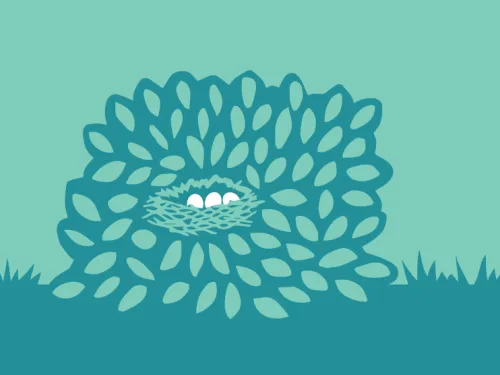
How to provide bushes for nesting birds
In the spring, birds choose the best locations to build nests, so why not offer them a safe place to settle?
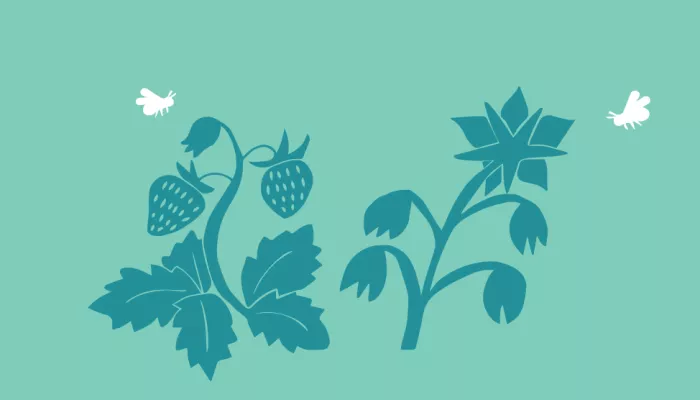
Grow plants that help each other! Maximise your garden for you and for wildlife using this planting technique.
Companion planting is all about creating areas of plants that provide benefits to each other. In practice, this means that plants that complement each other are placed together, and those that don’t, are kept apart. By planting 'companion' plants among other plants it can help them to grow by either attracting beneficial insects, and repelling others, or by acting as a sacrificial plant to lure hungry minibeasts away.
| Companion plant | Place | Result |
|---|---|---|
| Borage | Near strawberries and tomatoes | Attracts bees to cross-pollinate. |
| Chamomile | Near sick plants | May act as a tonic to encourage growth. |
| Comfrey | In flower beds and vegetable plots | Deep taproots bring vital minerals to the surface. |
| Dill and fennel | In vegetable plots | Attract hoverflies that will eat aphids. |
| Garlic and chives | Under roses | Believed to keep aphids and black spot away. |
| Nasturtiums | Among vegetables | Attract aphids away from the vegetables and also may repel ants and whitefly. |
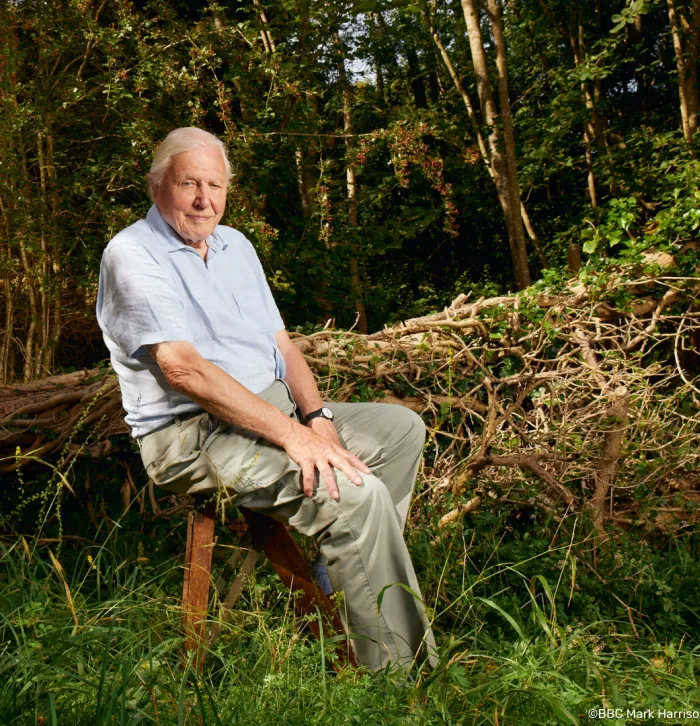

In the spring, birds choose the best locations to build nests, so why not offer them a safe place to settle?
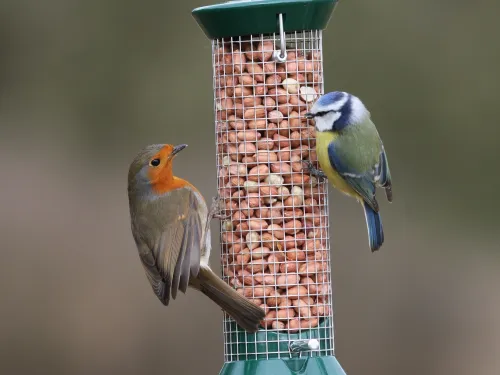
Find out how to attract birds into your garden all year round.

Learn how to reduce your travel emissions.
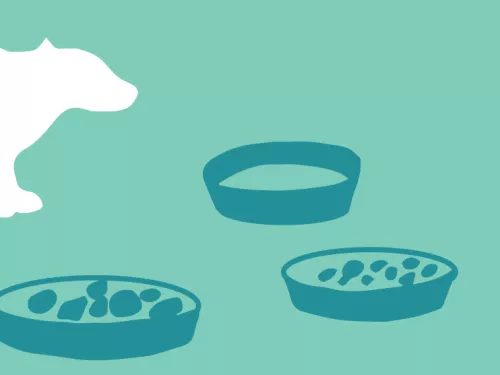
Putting out a bit of food can help see mammals like hedgehogs through colder spells.

All animals need water to survive. By providing a water source in your garden, you can invite in a whole menagerie!

Palm Oil is a cheap, efficient form of vegetable oil, but a lot of species-rich tropical habitat is being destroyed to make way for it.